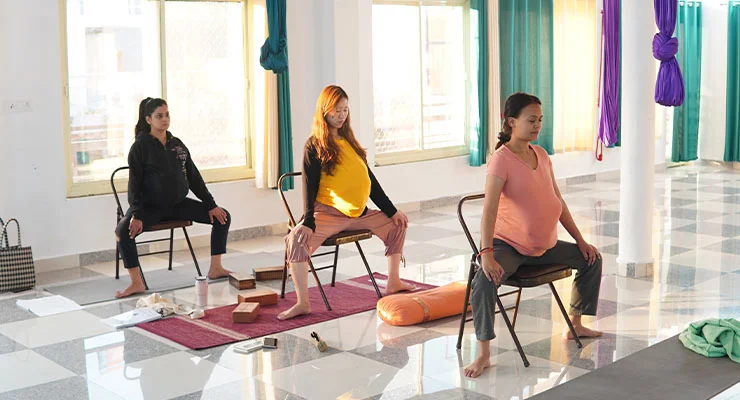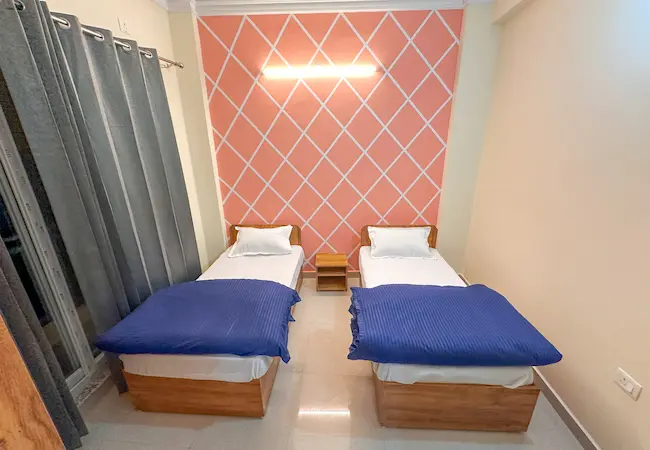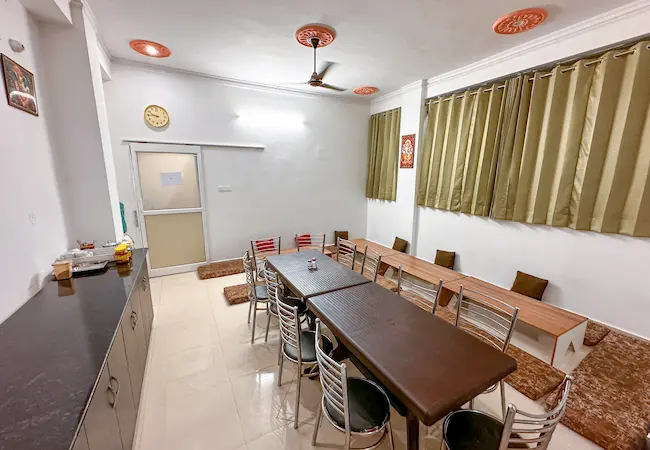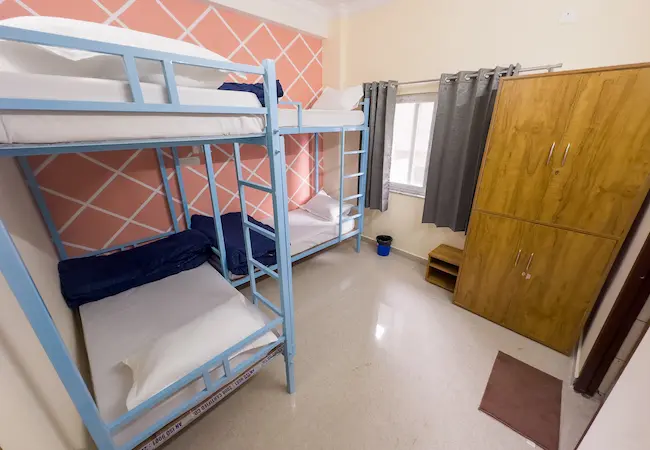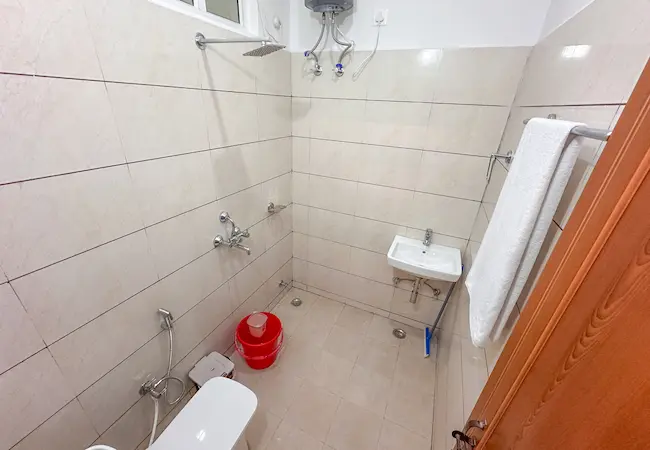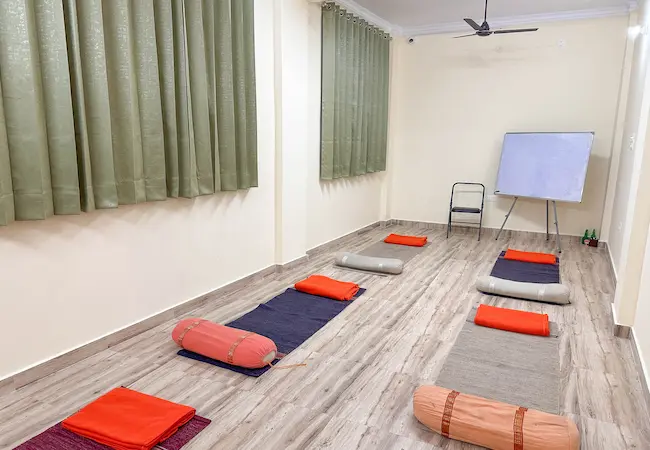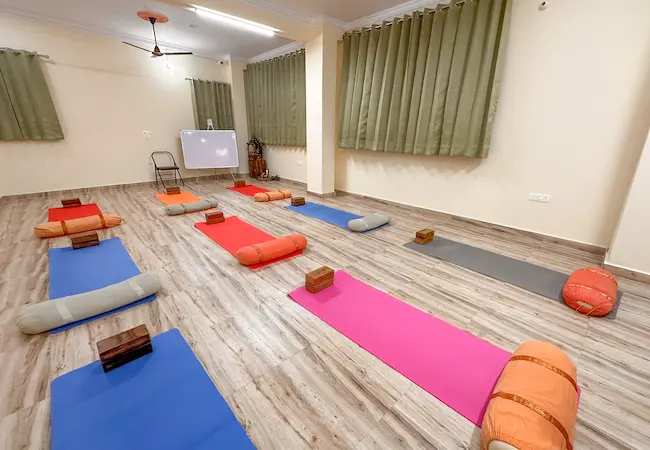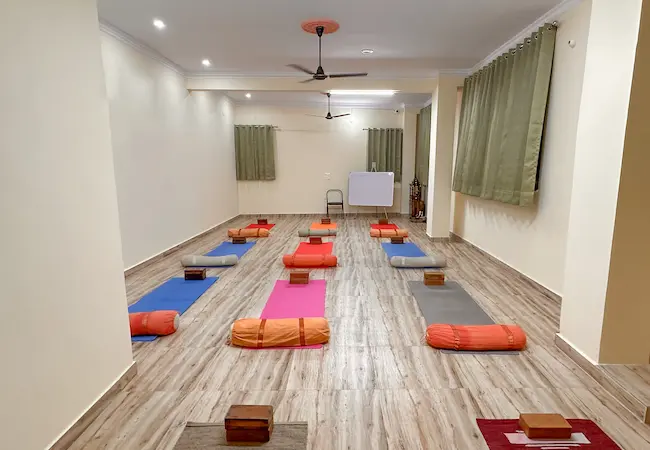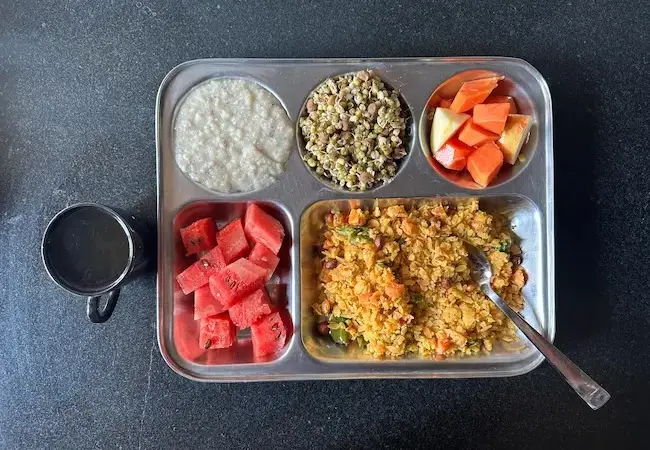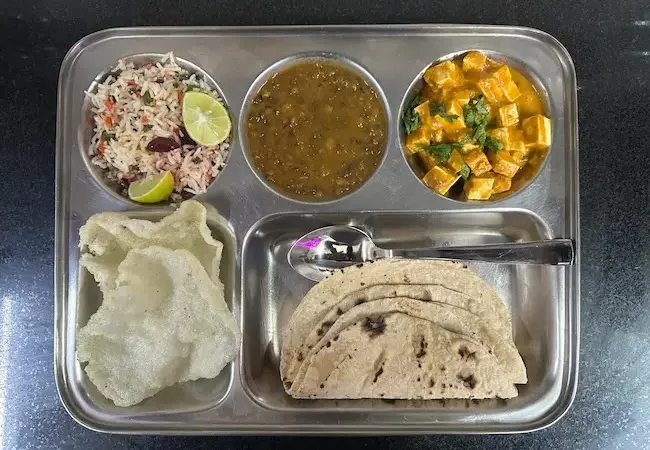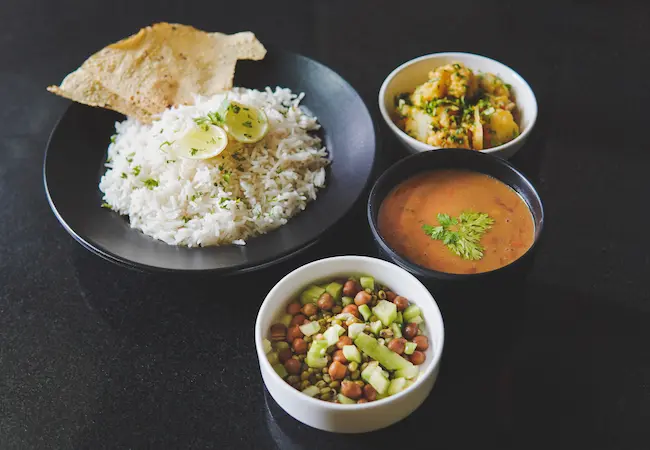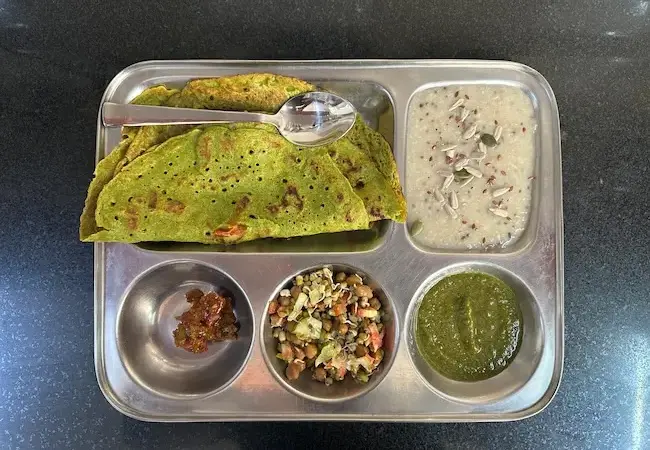The "The 200 Hours Hatha + 10 Days 85 Hours Prenatal (RPYS) Combo Yoga Teacher Training in Rishikesh is a comprehensive program designed for aspiring yoga teachers seeking a holistic training experience. Situated in the serene city of Rishikesh, India, known as the "Yoga Capital of the World," this course offers an ideal environment for deepening your understanding and practice of yoga. The training encompasses two distinct modules: the 200 Hours Hatha Yoga Teacher Training and the 10 Days 85 Hours Prenatal Yoga Training. The Hatha Yoga module focuses on traditional Hatha yoga techniques, including asanas (postures), pranayama (breathing exercises), meditation, philosophy, anatomy, and teaching methodology. It equips participants with the knowledge and skills to confidently lead Hatha yoga classes. The Prenatal Yoga module, accredited by the Yoga Alliance as a Registered Prenatal Yoga School (RPYS), specializes in preparing yoga instructors to work with pregnant women. This module covers prenatal asanas, modifications, contraindications, sequencing, childbirth education, and prenatal anatomy. It empowers teachers to create safe and nurturing environments for expectant mothers, supporting their physical and emotional well-being. Combined, these two modules provide a unique opportunity to deepen your yoga practice and expand your teaching expertise. The tranquil setting of Rishikesh, coupled with experienced instructors, ensures a transformative journey towards becoming a well-rounded and compassionate yoga teacher.
200 Hours Hatha + 10 Days 85 Hours Prenatal (RPYS) Combo Yoga Teacher Training
At our Yoga Teacher Training Center, we always advocate small batches to promote student-teacher interactions and enhance the learning experience.
200 Hours Yoga Teacher Training Course Certification
Want to become international Registered yoga teacher?
Our 200-Hours Yoga Teacher Training Program holds the prestigious recognition of being Registered by Yoga Alliance USA. This globally recognized certification ensures the highest standards of quality, safety, accessibility, and equity in yoga instruction worldwide. Upon completion of the training modules, you will become a Registered Yoga Teacher (RYT 200) through Yoga Alliance, further enhancing your credibility and opportunities in the field of yoga. Additionally, our program offers a specialized training in prenatal yoga, accredited by the Yoga Alliance as a Registered Prenatal Yoga School (RPYS). This comprehensive module equips you with the knowledge and skills to teach the unique and nurturing practice of prenatal yoga, supporting the physical and emotional well-being of expectant mothers. The RPYS certification serves as a testament to your expertise in prenatal yoga, distinguishing you as a qualified instructor in this compassionate style. With the combination of our comprehensive 200-Hours Yoga Teacher Training and the specialized RPYS certification in prenatal yoga, you will be well-prepared to explore a multitude of exciting prospects and start on a fulfilling journey along the path of yoga.


Why selecting Adi Yoga Ashram for your first yoga teacher training?
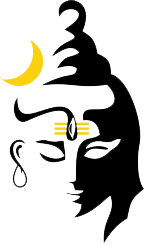
When it comes to selecting the ideal destination for your first yoga teacher training, Adi Yoga Ashram stands out as an exceptional choice. With a rich history rooted in the ancient yogic traditions of India, this renowned ashram provides an immersive and authentic experience. Yoga Ashram is nestled in the spiritual haven of Rishikesh, often referred to as the "Yoga Capital of the World." Its serene and picturesque surroundings create the perfect ambiance for self-discovery and transformation. The ashram's lineage dates back to the revered yogi, Adi Shankaracharya, and the teachings are imparted by experienced instructors who have dedicated their lives to the practice and philosophy of yoga. By selecting Adi Yoga Ashram for your yoga teacher training, you can expect a comprehensive curriculum that covers asanas, pranayama, meditation, anatomy, philosophy, and teaching methodology. The small class sizes ensure personalized attention and guidance, fostering a supportive learning environment. Additionally, the ashram offers opportunities for spiritual growth, including mantra chanting, satsangs, and meditation sessions. Choosing Adi Yoga Ashram for your first yoga teacher training will provide you with a transformative and authentic experience, allowing you to deepen your practice, gain valuable knowledge, and start on a fulfilling journey as a certified yoga instructor.
Accommodation & Premises
Clean and comfortable accommodation comprises of single private rooms and double shared & Dorm rooms with attached washrooms.
- Room Size: 11 × 11 ft to 12 × 12 ft (≈ 12–13 m²)
- Bathroom: Attached, 3 × 6 ft to 5 × 6 ft with (electric water heater), western toilet, and standard shower fittings.
- Beds: Private (6 x 6 ft) ,Twin Shared (2 × single 6 × 3 ft); Dorm (2 Bunk beds 6 x 3) foam mattresses medium firmness, polyester fiberfill Pillow medium firmness
- Storage: One Cupboard/Room (6′10″ × 3″) shared by students
- Amenities: Ceiling fan / A C (as available), Wi-Fi ~40–60 Mbps, desk,housekeeping weekly,linen change every 3rd day
*Layouts may vary slightly between rooms in the same category.
Meals
Three vegetarian nutritious, healthy and sattvic meal per day (Breakfast, Lunch and Dinner). Our simple yogic diet food is perfect for nourishing the mind, body and soul. Herbal teas are served twice a day.
- Breakfast: includes oats, fruits, sprouts and dishes like poha, idli, or dosa, rolls etc.
- Lunch: offers rice with lentils, seasonal vegetables, and salad.
- Dinner: is light and comforting with soup , Chapati & Rice, lentils, Occasional sweets, herbal tea, and seasonal vegetables.
- Highlight: No onion, no garlic, Prepared with minimal oil, Balanced with protein, carbs, and micronutrients
सर्वं ज्ञानं मयि विद्यते
"All that I have to learn is already within me"
Course Date - 200 Hours Hatha + 10 Days 85 Hours Prenatal (RPYS) Combo Yoga Teacher Training
Note:- During major holidays in India, such as Diwali, Holi, and Raksha Bandhan, please note that classes will not be conducted as per the regular schedule. Additionally, it is important to be aware that the graduation date for the course may be extended by a day to accommodate these holiday breaks.
Discount Offers: Take advantage of our offers! These discounts are designed to support your yoga journey and make your training more accessible. Please read the guidelines carefully to understand how and when each offer can be applied.
🎁 Early Bird
Book your course at least 20 days before the start date and receive 10% off your total fee.
🎁 Enroll Together (Friends Discount)
Sign up together with a friend and you both receive 12% off.
🎁 Birthday Month Discount
If your course falls in your birthday month, enjoy additional 2% off as our gift to you!.
🎁 Group Discount
Enroll as a group of 4 or more and get 14 to 20% off per person..
Course Syllabus - 200 Hours Combo Yoga Teacher Training
The 200-hour + 10 days Prenatal Combo Yoga Course is a comprehensive program designed to provide aspiring yoga teachers with a deep understanding of prenatal yoga practice. This course combines the foundational 200-hour yoga teacher training with additional specialized training in prenatal yoga. Throughout the course, participants will dive into the core principles of yoga, including asanas, pranayama, meditation, and philosophy. They will learn how to adapt these practices to meet the unique needs of pregnant women, ensuring a safe and nurturing environment for both mother and baby. The program covers a wide range of topics, including anatomy and physiology of pregnancy, common discomforts during pregnancy, modifications for various trimesters, and effective sequencing for prenatal classes. Participants will also gain knowledge on how to address specific needs such as pelvic floor health, breath awareness, and relaxation techniques. Under the guidance of experienced instructors, students will have the opportunity to observe and assist each other in prenatal yoga classes, gaining practical teaching skills. They will also explore the importance of creating a supportive community for pregnant women, fostering an inclusive and empowering environment. By the end of the course, participants will have the skills and knowledge to confidently lead prenatal yoga classes, empowering pregnant women to connect with their bodies, reduce stress, and enhance their overall well-being.
Recitation of Sacred Sound (Mantra Chanting)
The purpose of mantra chanting in yoga is to generate vibrations and connect with the universe. Each mantra is special and rich with spiritual energy.
Ashtanga Vinyasa Yoga Asana
Ashtanga Vinyasa Primary Series (also known as the First Series or Yoga Chikitsa), literally means yoga therapy. This when practiced regularly heals all sickness and purifies your body in preparation for deeper Yogic practice - both physical as well as meditative.
Sun Salutation
Standing Postures
Finishing Postures
Closing Postures
Sitting Postures
Hatha Yoga Asana
The word haṭha literally means "force" and thus alludes to a system of physical techniques. In India hatha yoga is associated in popular tradition .
Sun Salutation
Standing Postures
Sitting Postures
Finishing & Closing Postures
Introduction to Pranayama (Breathing Practices)
Pranayama is the control of breath. The basic movements of pranayama are inhalation, retention of breath, and exhalation. “The yogi’s life is not measured by the number of days but by the number of his breaths,” says Iyengar.
Yoga Mudras - To Overcome Any Ailments
Introduction to Mudra
Types of Mudra
The Five Prana Mudra
An Introduction to the Bandhas
Students learn the technique of consciously blocking and unblocking energy flow to different parts of their body.
Meditation (Dhyana)
Meditation as a practice has gained wide popularity due to its numerous benefits.
Yoga Nidra - The Yoga Of Psychic Sleep
Yoga nidra, a Sanskrit term meaning "yogic sleep" is a deep relaxation technique and a form of meditation.Also called "psychic sleep," yoga nidra is a state between sleeping and waking.
Yoga Cleansing- Kriyas for purification of body
Yogic cleansing exercises are important to learn how to incorporate your breath and meditate properly during physical aspects of yoga. It also removes the blockages in the energy channels.
Anatomy and Physiology (Sharir Vijnan)
Proper understanding of the physical body will help to prevent injury before, during and after practice. There are two kinds of yoga anatomy: physical and spiritual. Understanding both types is needed.
Yoga Philosophy (Yoga Darshana)
Yoga Philosophy is the foundation of our yoga practice and is the key to earn yogic strength. Through the path of Vedanta Philosophy, you will establish a solid, well-rounded yoga practice.
Teaching Practice (Adhyapanam)
Students will take turns practicing their teaching skills by performing in front of their peers and teachers.
Teaching Methodology
A yoga teacher should efficiently perform the practical applications of class planning and preparation. At Adi Yoga Ashram, our students will learn how to create a positive and peaceful class environment for an enjoyable and transformative experience.
Assessments are based on:
Students will take turns practicing their teaching skills by performing in front of their peers and teachers



